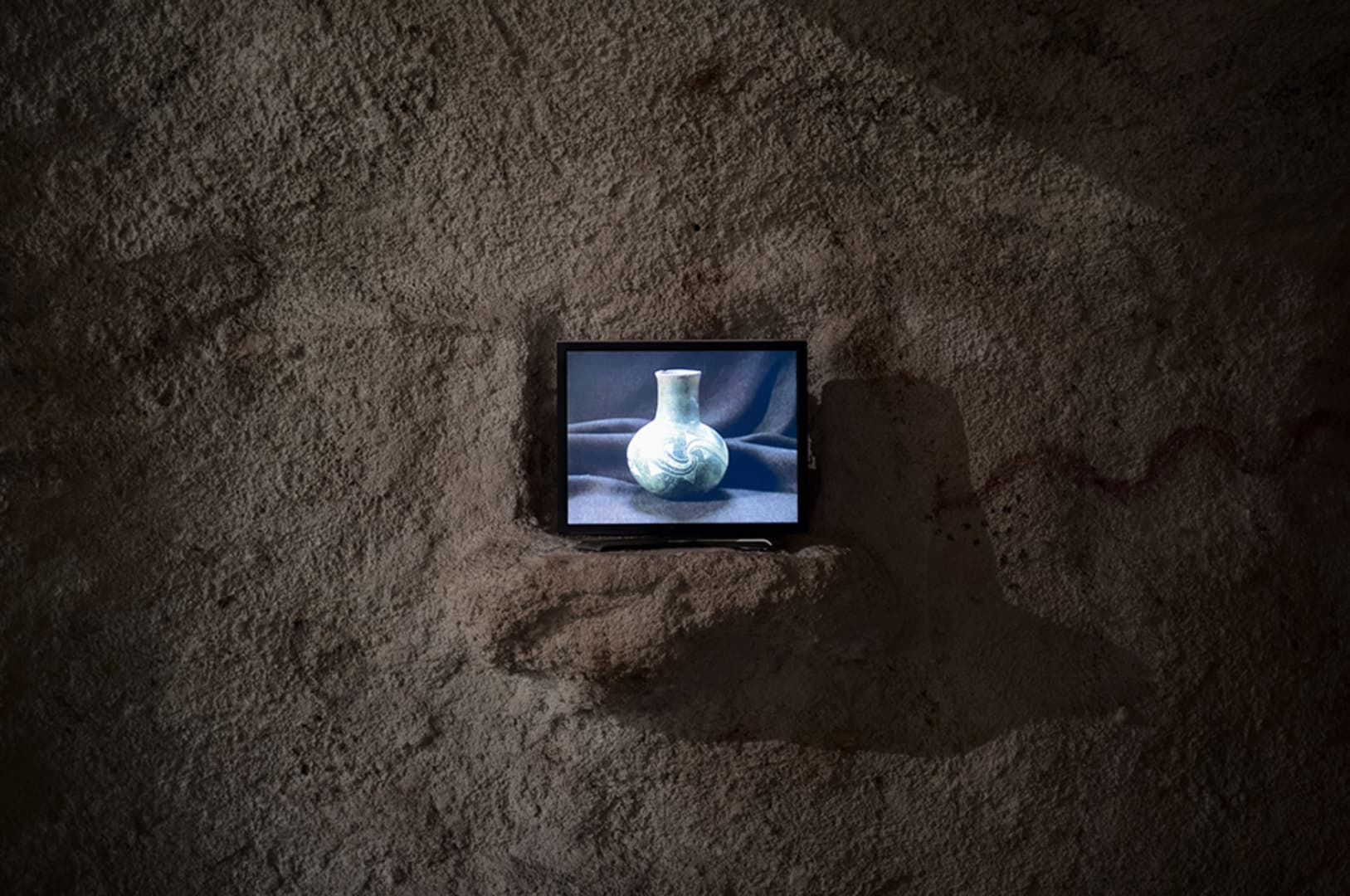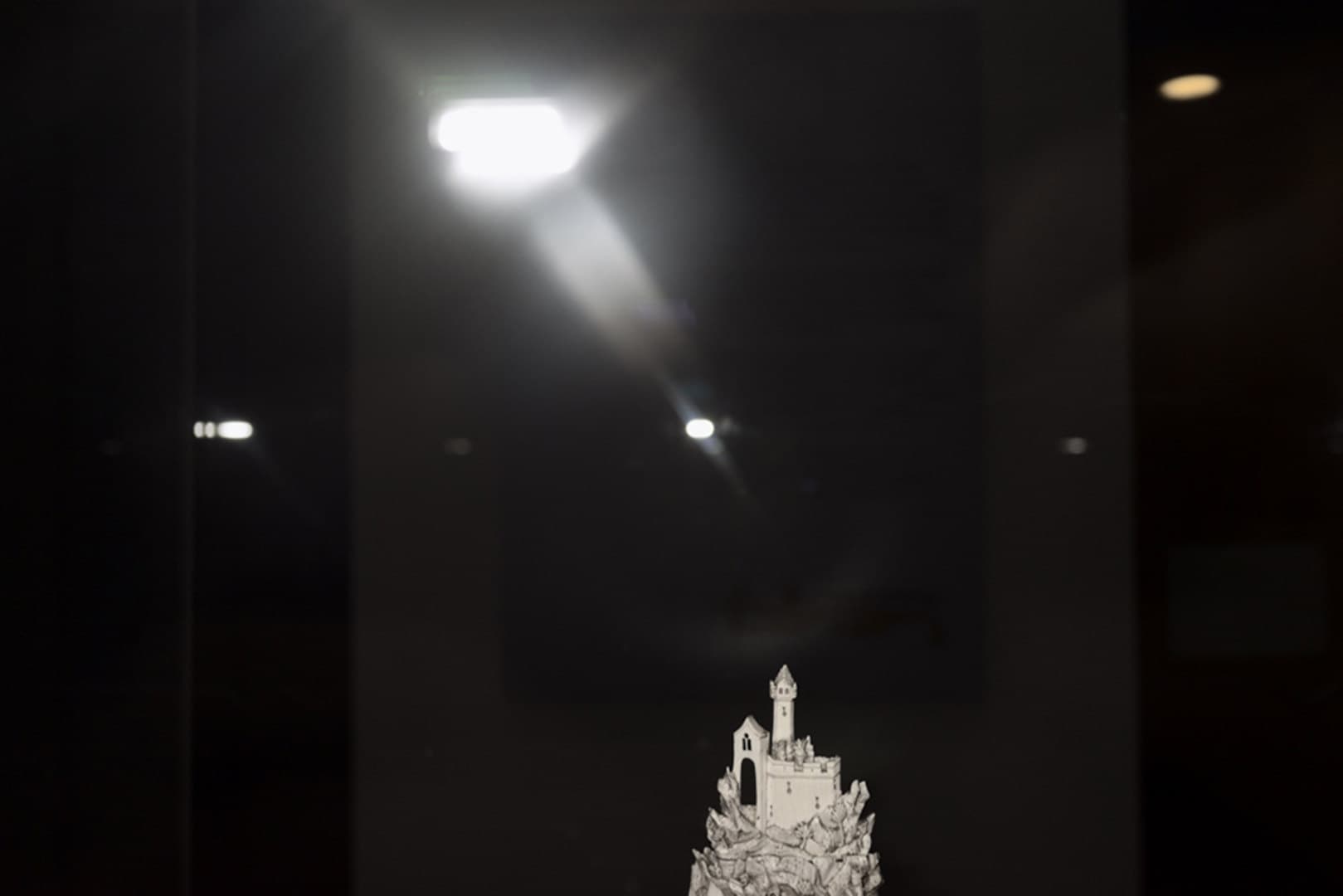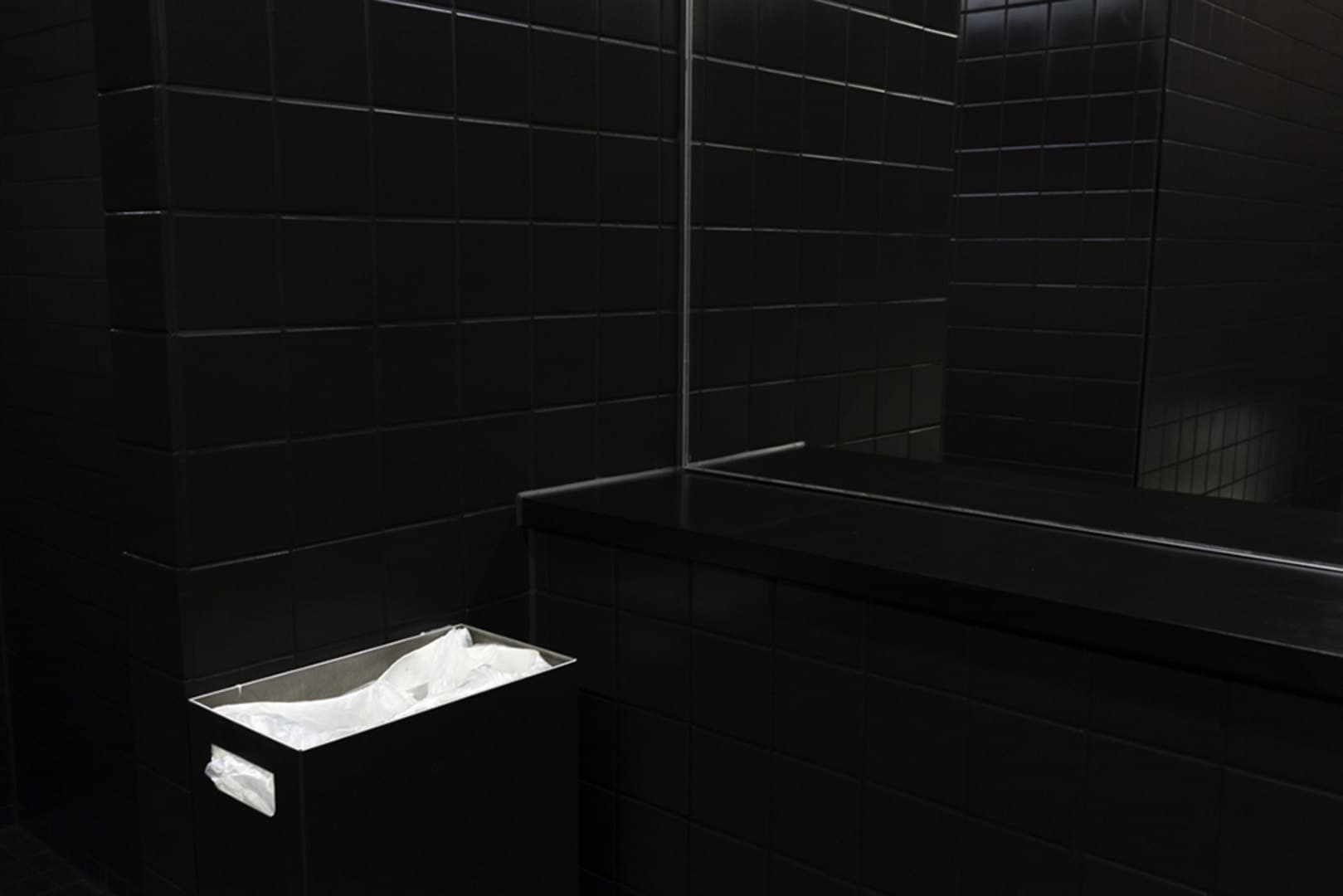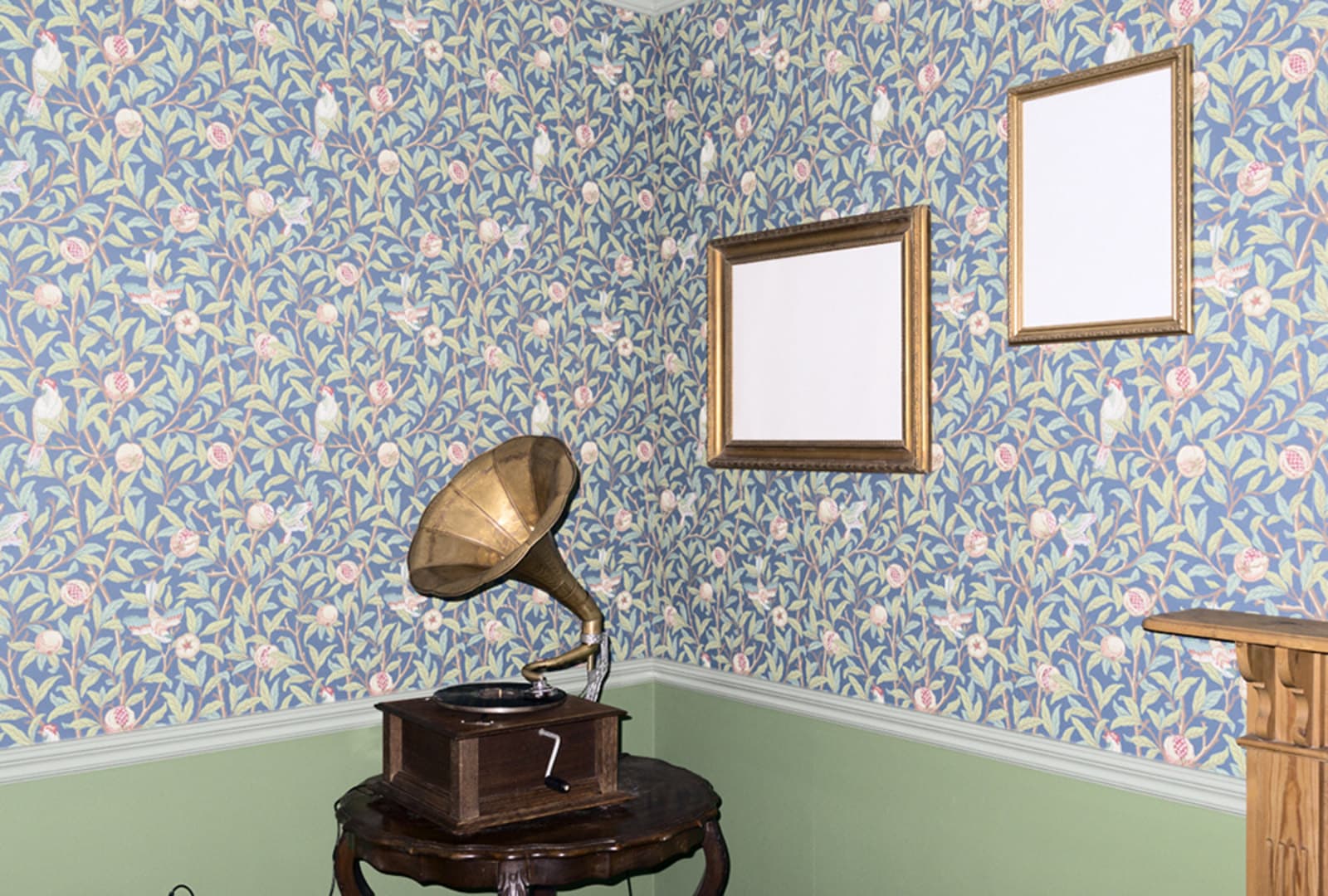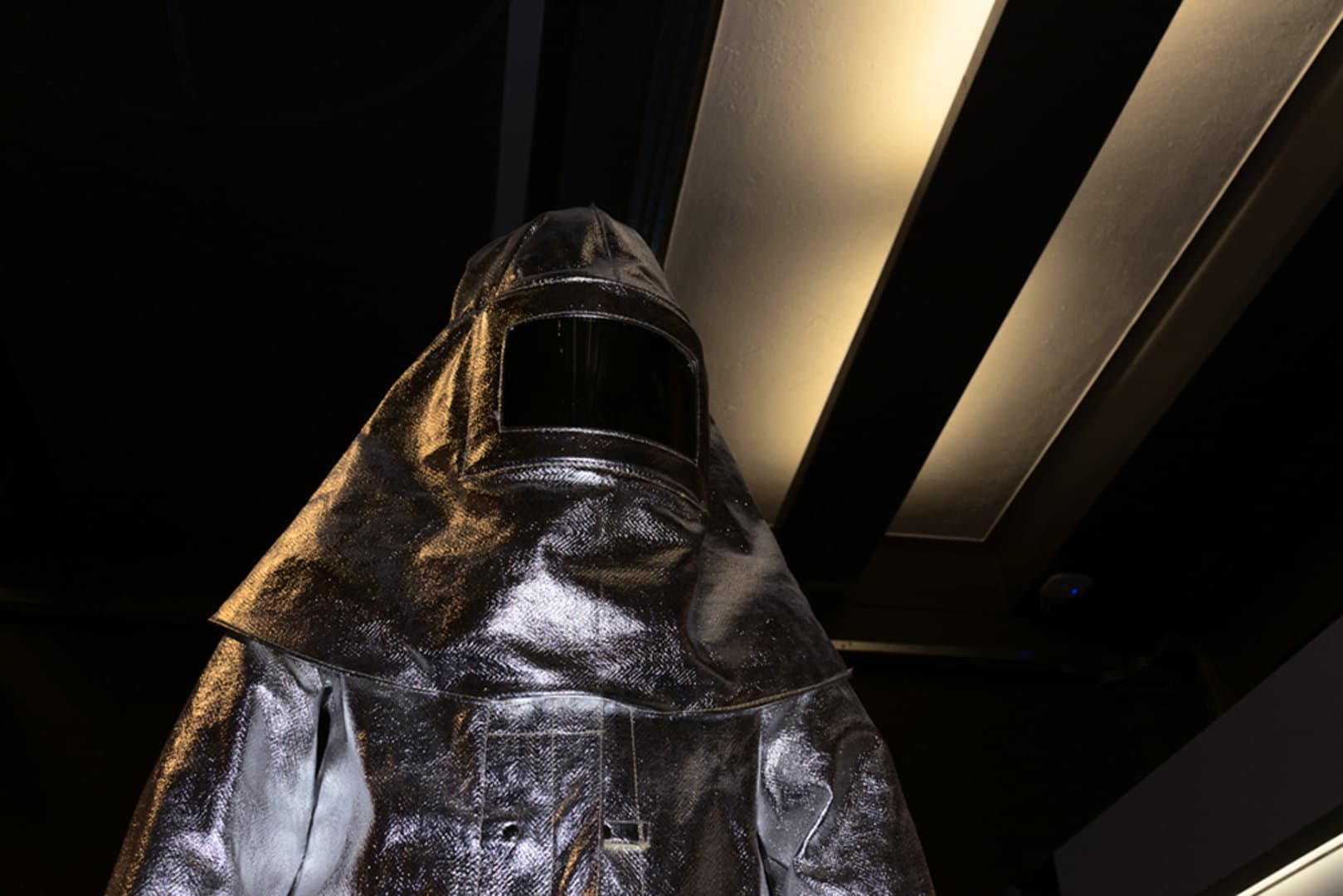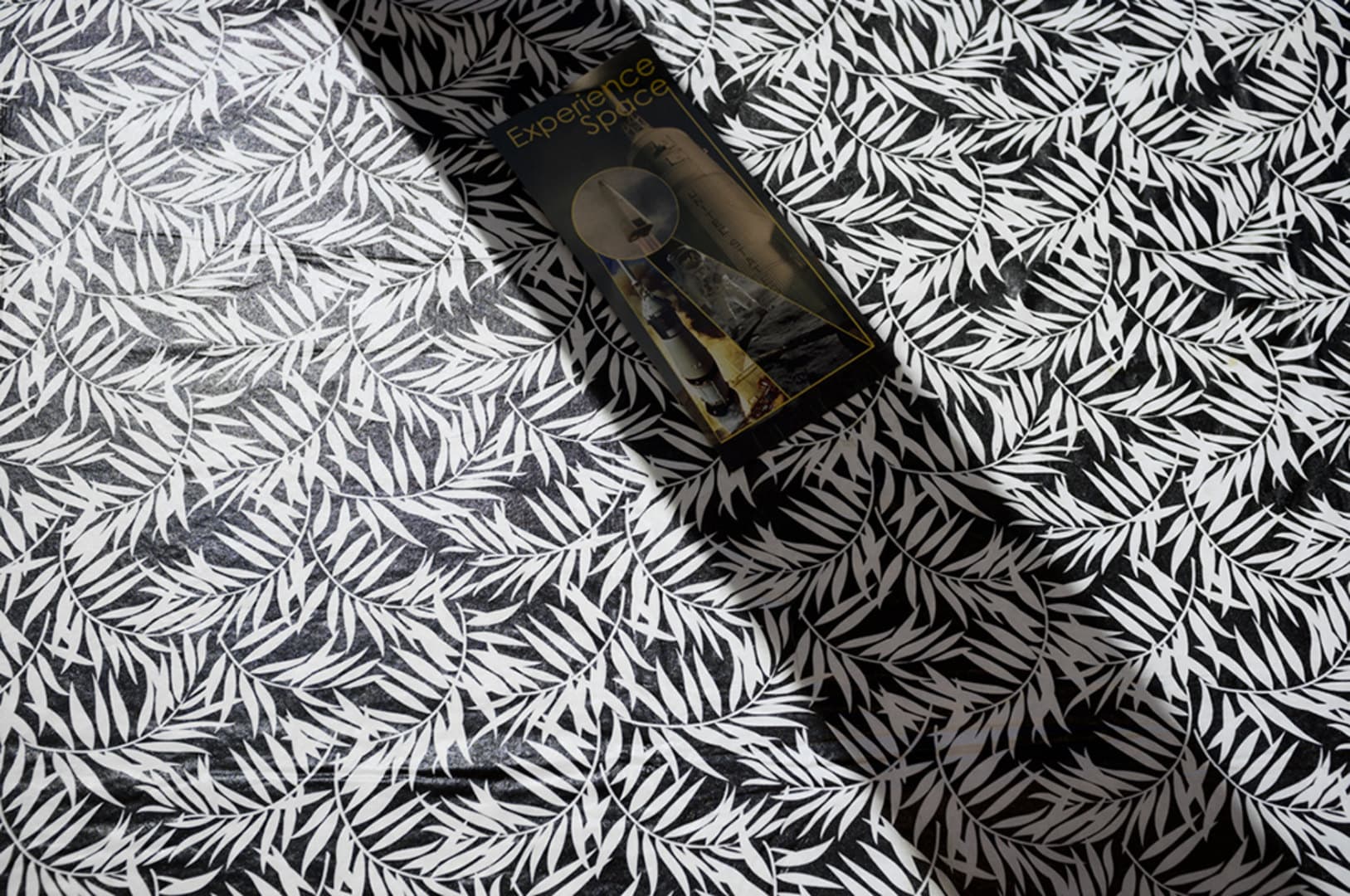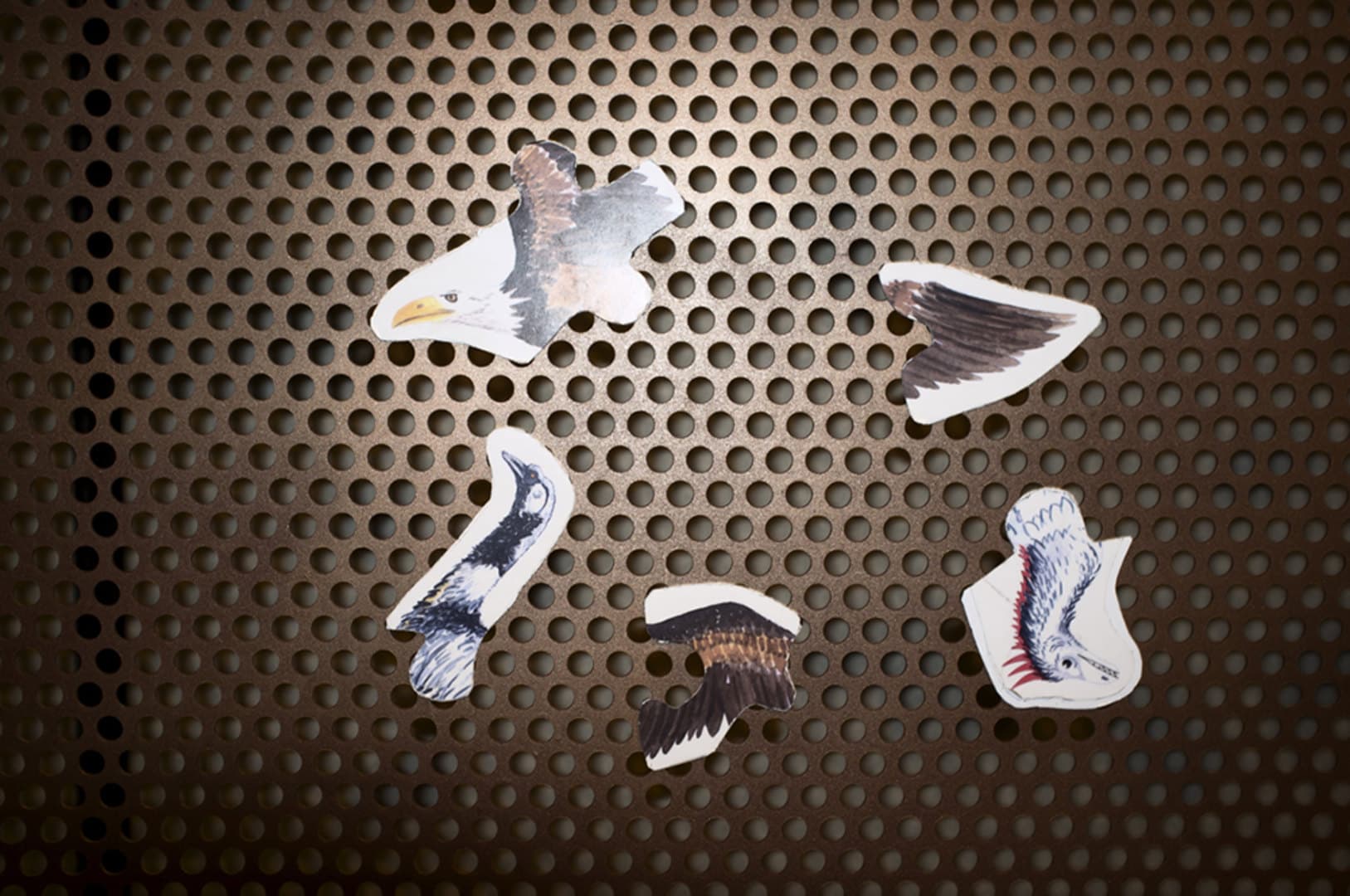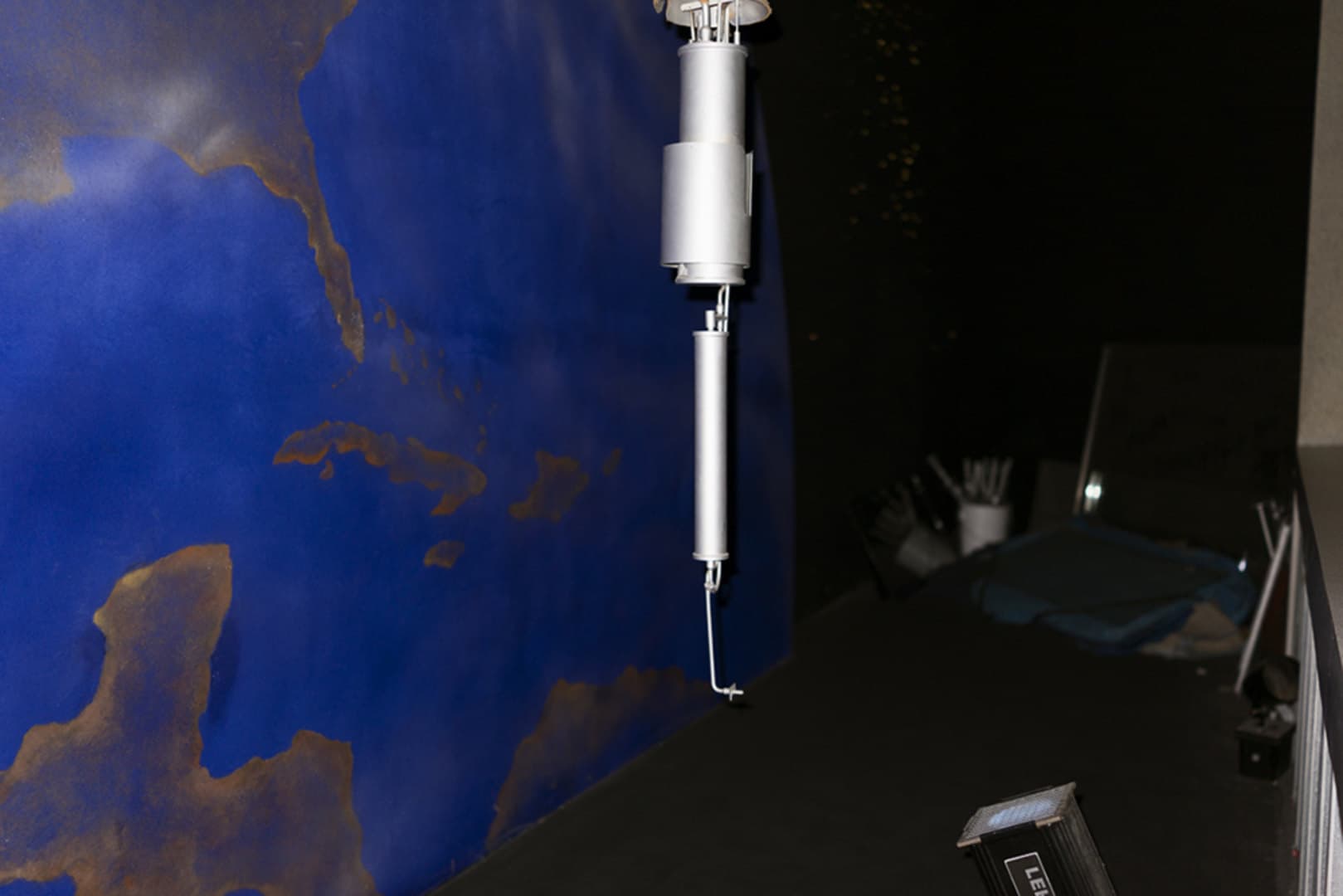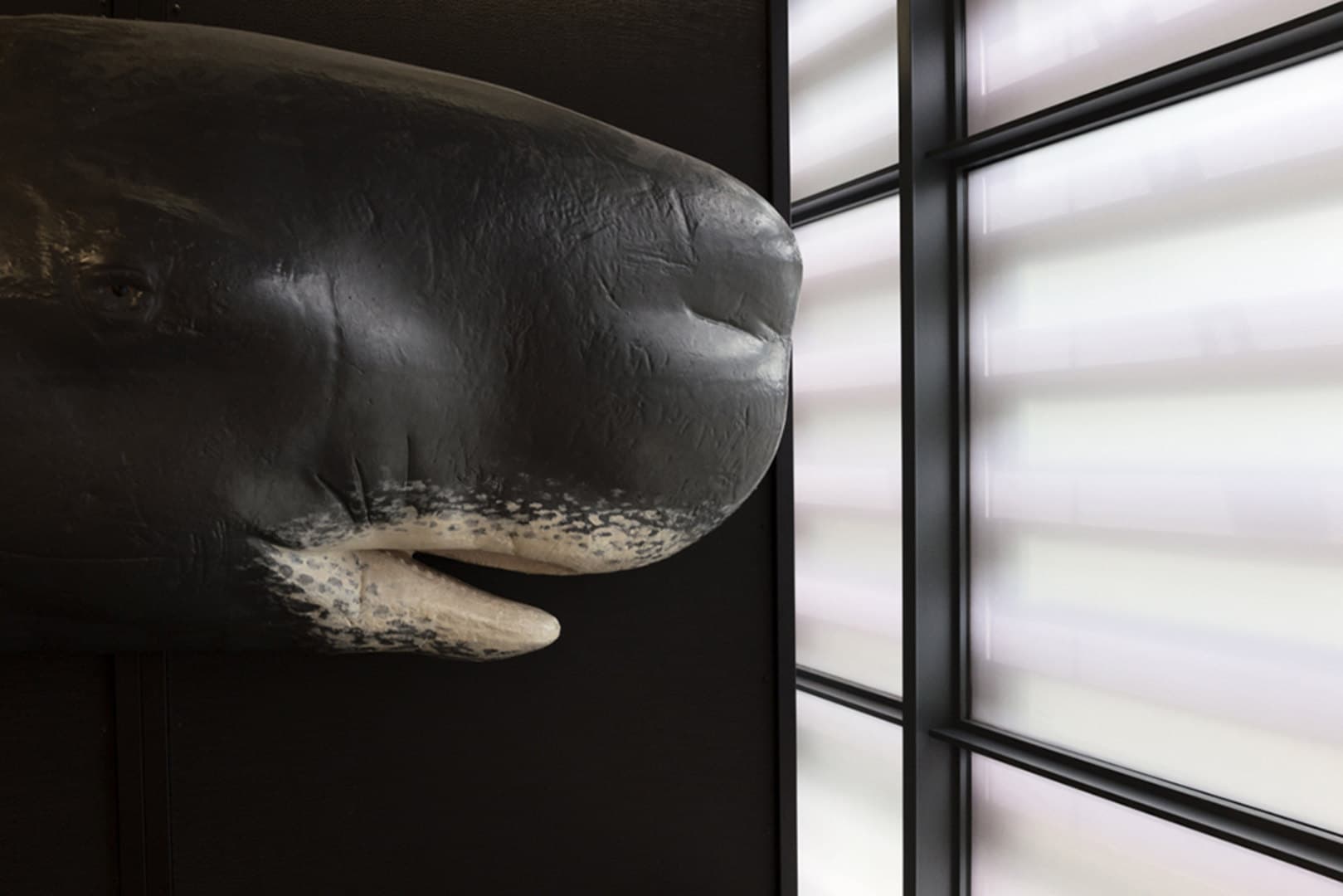At one point it became useful to think of the photographs as pins on the map of an imaginary city, a place that exists only in pictures and expands its borders as the body of work expands. That impulse eventually concentrated and wound up as a single imaginary structure, the nebulously named Experience Space.
It is not quite a museum, bur it is sympathetic to Lawrence Weschler’s Mr. Wilson’s Cabinet of Wonder, where the Museum of Jurassic Technology is described as a place where one is caught between wondering at the marvel of the displays and wondering whether such things could actually exist.
It is not quite a house, either, but it is still worthwhile to imagine who might live there. Think of the neoclassical architect Sir John Soane. Writing during the construction of his home, from the perspective of a fictional future archaeologist who was uncovering the ruins of that same building, he suggested that his plaster cast of the Apollo Belvedere might actually be the body of a necromancer who owned the property, turned to stone as punishment for crimes associated with necromancy. It seems prescient.
Of course photographs must reference the circumstances of their making. But Experience Space might also project forward in time, or sideways into a parallel present, instead of adhering strictly to photography’s more traditional role of slicing from the past. Simply: disbelief can be suspended. It is possible to build and novelize from the point where rationality begins to degrade.




